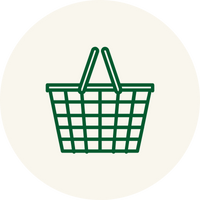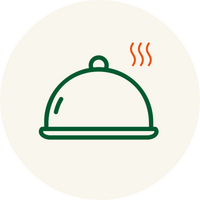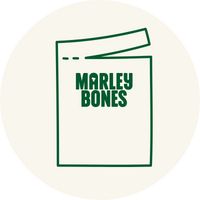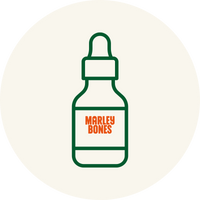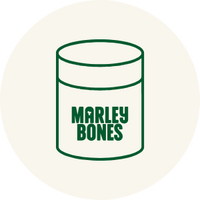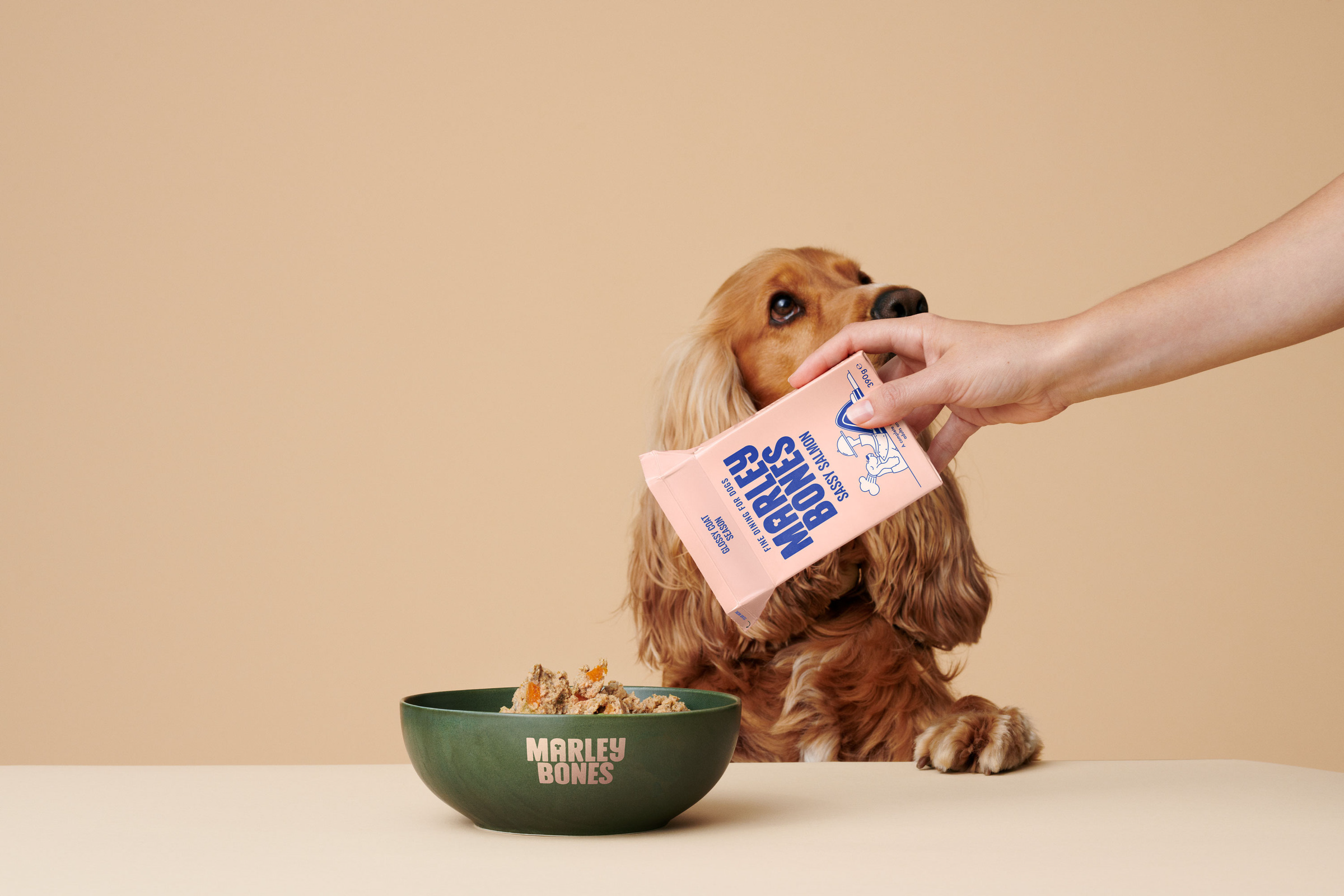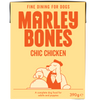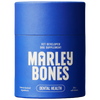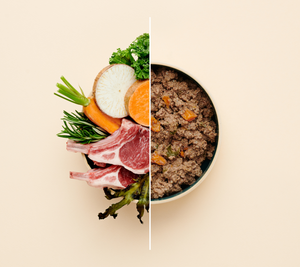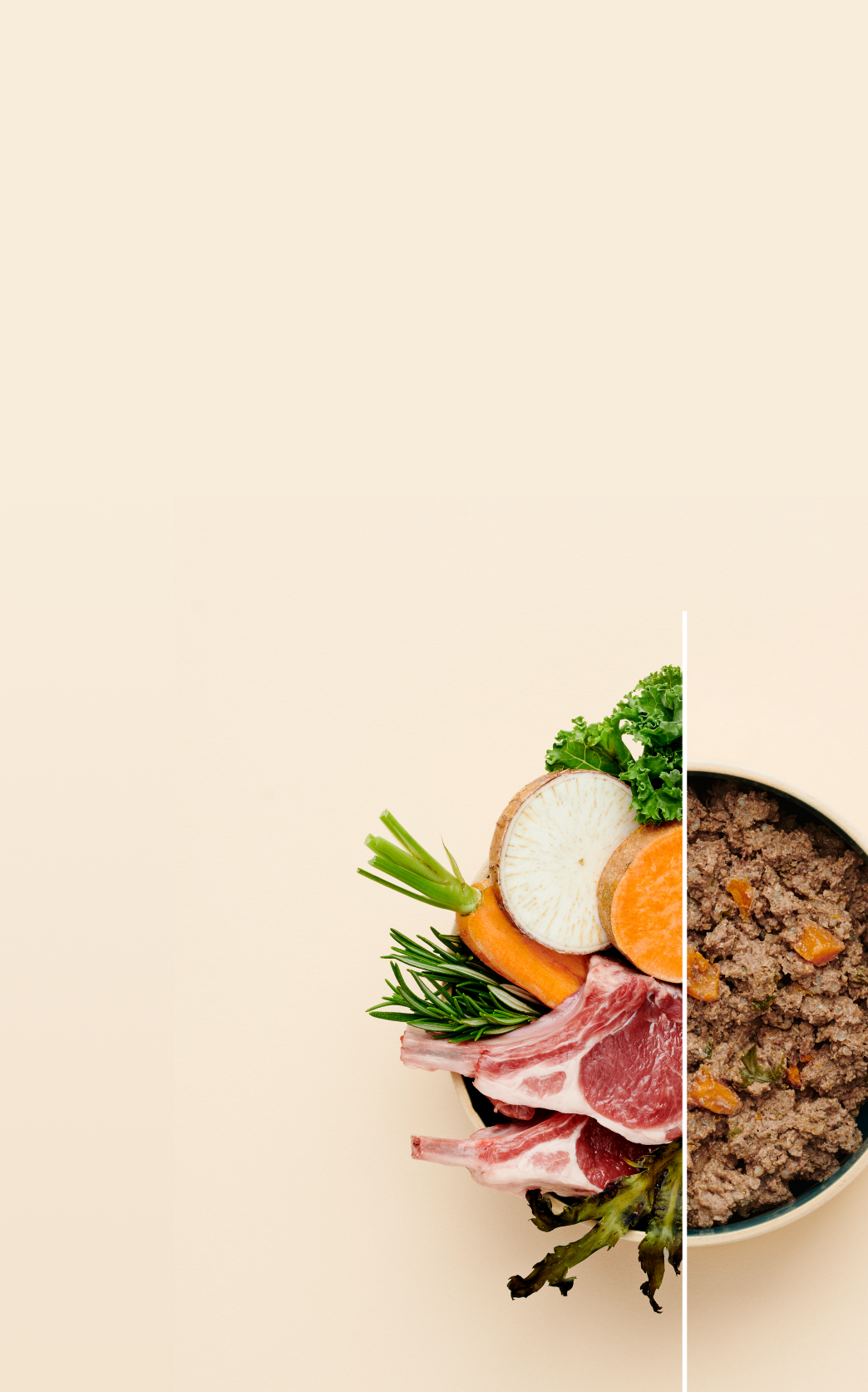Dog Meets Baby: Toddler and Dog Interaction Essentials
The first time your toddler meets the family dog, it can feel like a big deal - and it is. It's the start of a new kind of friendship, one that can grow into something pretty special if handled right. But let’s be honest: toddlers are unpredictable, and dogs aren’t always thrilled by sudden hugs or flying toys.
So how do you make sure things start off - and stay - on the right foot (and paw)?
Getting the Setup Right
As soon as your baby starts crawling or walking, the game changes. Your dog suddenly has a pint-sized human moving toward them with wobbly energy, sticky fingers, and no concept of personal space. Totally charming to us. Slightly alarming to a dog.
That’s why your setup matters. Use baby gates or closed doors to create space when needed. Make sure your dog has somewhere to retreat - somewhere that’s just theirs. Then, when it’s time for shared space, be close by. Sit with them, guide your toddler’s hands, and keep things calm and predictable.
Teaching Toddlers to Be Kind
Toddlers are curious. That curiosity can look like grabbing fur, poking eyes, or attempting to sit on the dog like a pony. It’s not malicious - it’s just age-appropriate exploration. But it still needs boundaries.
Rather than constant “no’s,” use your own hands to guide theirs. Show them how to stroke gently. Keep it short and sweet. And when your dog handles things well - stays calm, walks away instead of snapping - praise them too. They’re learning just as much as your toddler is.

Understanding What Your Dog Is Saying
Dogs communicate all the time - we just need to notice. A wagging tail doesn’t always mean happy. If it’s stiff and fast, it might actually mean the opposite. A still, frozen body is another red flag. These are early signs that your dog is uncomfortable and needs a break.
Talk your toddler through what you’re seeing: “He’s walking away, so let’s give him some space,” or “She looks a bit unsure - let’s wait for her to come to us.” The more you do this, the more your child will start picking up on these signals, too.
Marley’s Must Know: That bond you want between your toddler and dog? It doesn’t happen in one big moment. It’s built through lots of little ones, with you showing them how.

The Final Woof
There’s no one-size-fits-all when it comes to toddlers and dogs. Some days will feel smooth, others might feel like all you do is redirect and manage. That’s completely normal.
What matters most is that you’re showing up - for both of them. With a bit of time, your toddler learns how to be gentle and respectful. Your dog learns that the tiny human is safe and kind. And slowly, they begin to figure each other out.
Not perfect. Just real. And that’s more than enough.
